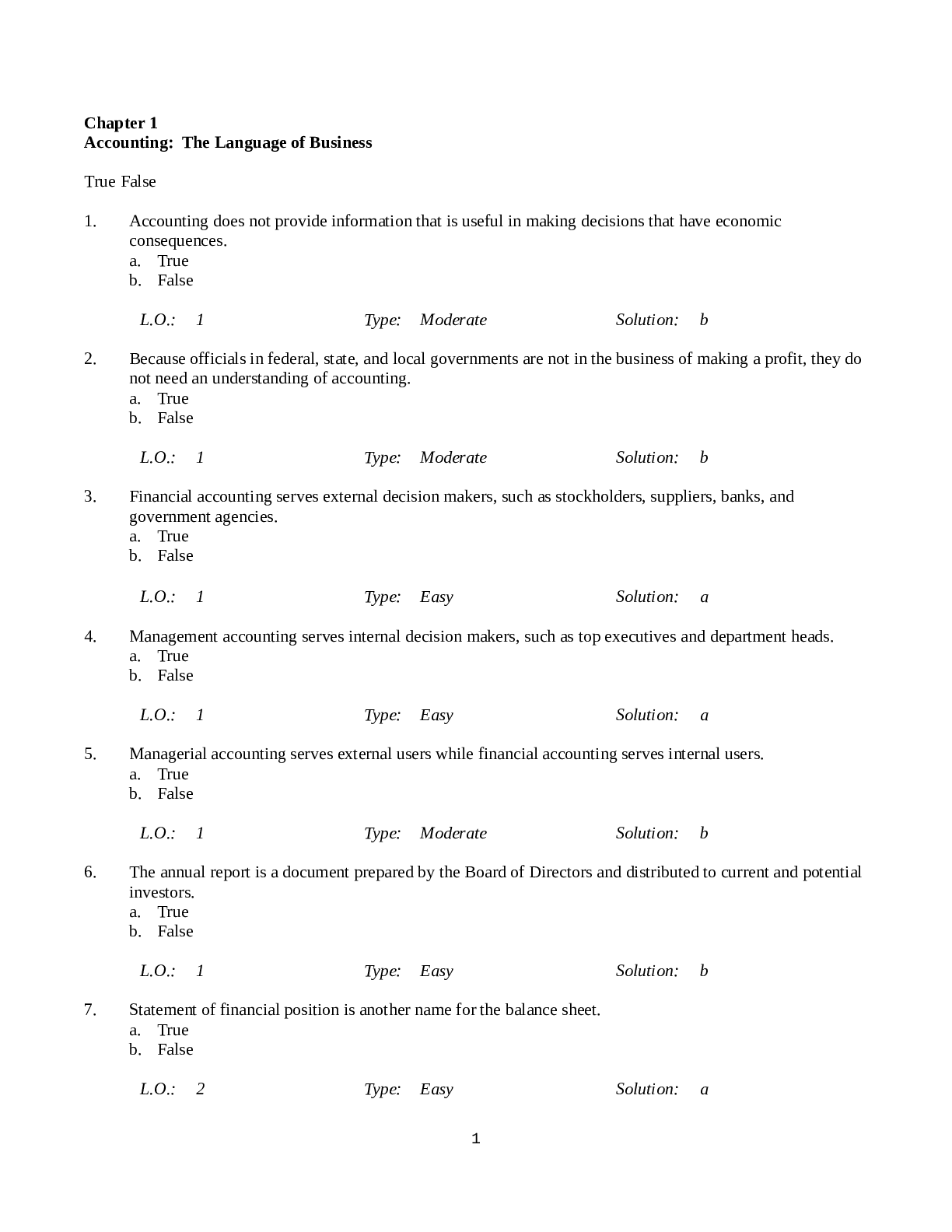Health Care > QUESTIONS & ANSWERS > Test Bank Scientific American: Nutrition for a Changing World Chapter 1 The Science and Scope of Nut (All)
Test Bank Scientific American: Nutrition for a Changing World Chapter 1 The Science and Scope of Nutrition Multiple Choice Questions and Answers
Document Content and Description Below
1. Minerals are non-essential nutrients and provide 4 kilocalories per gram. A. true B. false Answer: B Type: Knowledge Difficulty: Easy Learning Objective: Define and identify the major macronu... trients and micronutrients (Infographics 1.3 and 1.4) Keyword: nutrients 2. Fats are similar to carbohydrates and are composed of carbon, hydrogen, and oxygen. A. true B. false Answer: A Type: Knowledge Difficulty: Easy Learning Objective: Define and identify the major macronutrients and micronutrients (Infographics 1.3 and 1.4) Keyword: nutrients 3. Water-soluble vitamins include vitamins C, B, and E. A. true B. false Answer: B Type: Knowledge Difficulty: Easy Learning Objective: Define and identify the major macronutrients and micronutrients (Infographics 1.3 and 1.4) Keyword: nutrients 4. Phytochemicals are found in all protein-rich foods, including chicken, eggs, and fish. A. true B. false Answer: B Type: Knowledge Difficulty: Medium Learning Objective: Define and identify the major macronutrients and micronutrients (Infographics 1.3 and 1.4) Keyword: nutrients 5. Iron-deficiency is considered to be a form of malnutrition. A. true B. false Answer: A Type: Knowledge Difficulty: Medium Learning Objective: Explain the connection between nutrition and chronic disease (Infographic 1.2) Keyword: nutrients 6. According to the National Health and Nutrition Examination Survey, the majority of Americans are getting their recommended servings of whole grains, fruits, and vegetables. A. true B. false Answer: B Type: Knowledge Difficulty: Medium Learning Objective: Describe reliable sources of nutrition information (Infographic 1.10) Keyword: nutrients 7. How many classes of nutrients do we know of? A. 2 B. 3 C. 4 D. 5 E. 6 Answer: E Type: Knowledge Difficulty: Easy Learning Objective: Define the scope and science of nutrition (Infographic 1.1) Keyword: nutrients 8. Which of the following is NOT considered a nutrient? A. phytochemicals B. proteins C. fats D. carbohydrates E. water Answer: A Type: Knowledge Difficulty: Easy Learning Objective: Define the scope and science of nutrition (Infographic 1.1) Keywords: nutrients, classes of nutrients 9. Essential nutrients are those that A. are found in all animal-derived foods. B. the body cannot produce and must be supplied through food. C. are found in fortified foods. D. are sold in health food stores as supplements. E. are found in green leafy vegetables. Answer: B Type: Knowledge Difficulty: Easy Learning Objective: Define the scope and science of nutrition (Infographic 1.1) Keywords: nutrients, essentiality of nutrients 10. A nutrient that cannot be made by the body in sufficient quantities and that must be obtained from food is a/an A. organic nutrient. B. inorganic nutrient. C. essential nutrient. D. phytochemical. E. functional nutrient. Answer: C Type: Application Difficulty: Easy Learning Objective: Define the scope and science of nutrition (Infographic 1.1) Keywords: nutrients, essentiality of nutrients 11. All of the following statements about carbohydrates are true, EXCEPT A. they are composed of carbon, hydrogen, and oxygen. B. they are a major source of energy in the body. C. they are categorized into simple and complex carbohydrates. D. they provide more calories than protein. E. they are a component of DNA and RNA. Answer: D Type: Application Difficulty: Medium Learning Objective: Define the scope and science of nutrition (Infographic 1.1) Keywords: nutrients, carbohydrates 12. The composition of proteins is different from that of carbohydrates due to the presence of A. carbon. B. hydrogen. C. nitrogen. D. oxygen. E. None of the above. Answer: C Type: Knowledge Difficulty: Easy Learning Objective: Define the scope and science of nutrition (Infographic 1.1) Keywords: nutrients, proteins, composition of nutrients 13. What is the primary form of fat in our bodies? A. cholesterol B. triglycerides C. phospolipids D. lipoproteins E. omega-3 fatty acids Answer: B Type: Knowledge Difficulty: Easy Learning Objective: Define the scope and science of nutrition (Infographic 1.1) Keywords: nutrients, fats, lipids 14. The carbohydrate family includes A. sugar, starch, and fiber. B. starch, calcium, and fiber. C. fiber, sugar, and sulfur. D. sugar, water, and starch. E. starch, fiber, and sterol. Answer: A Type: Application Difficulty: Medium Learning Objective: Define the scope and science of nutrition (Infographic 1.1) Keywords: nutrients, carbohydrates 15. Nutrients are classified into macronutrients and micronutrients. All of the following are macronutrients, EXCEPT A. sodium. B. water. C. protein. D. iron. E. A and D Answer: E Type: Application Difficulty: Medium Learning Objective: Define the scope and science of nutrition (Infographic 1.1) Keywords: nutrients, macronutrients, micronutrients 16. Which of the following macronutrients does NOT provide energy? A. water B. lipids C. carbohydrates D. proteins E. All of them provide energy. Answer: A Type: Application Difficulty: Easy Learning Objective: Define the scope and science of nutrition (Infographic 1.1) Keywords: nutrients, macronutrients [Show More]
Last updated: 1 year ago
Preview 1 out of 16 pages
.png)
Reviews( 0 )
Document information
Connected school, study & course
About the document
Uploaded On
Sep 09, 2021
Number of pages
16
Written in
Additional information
This document has been written for:
Uploaded
Sep 09, 2021
Downloads
0
Views
75
.png)

.png)
.png)
.png)
.png)
.png)
.png)
.png)
.png)
.png)
.png)
.png)

.png)
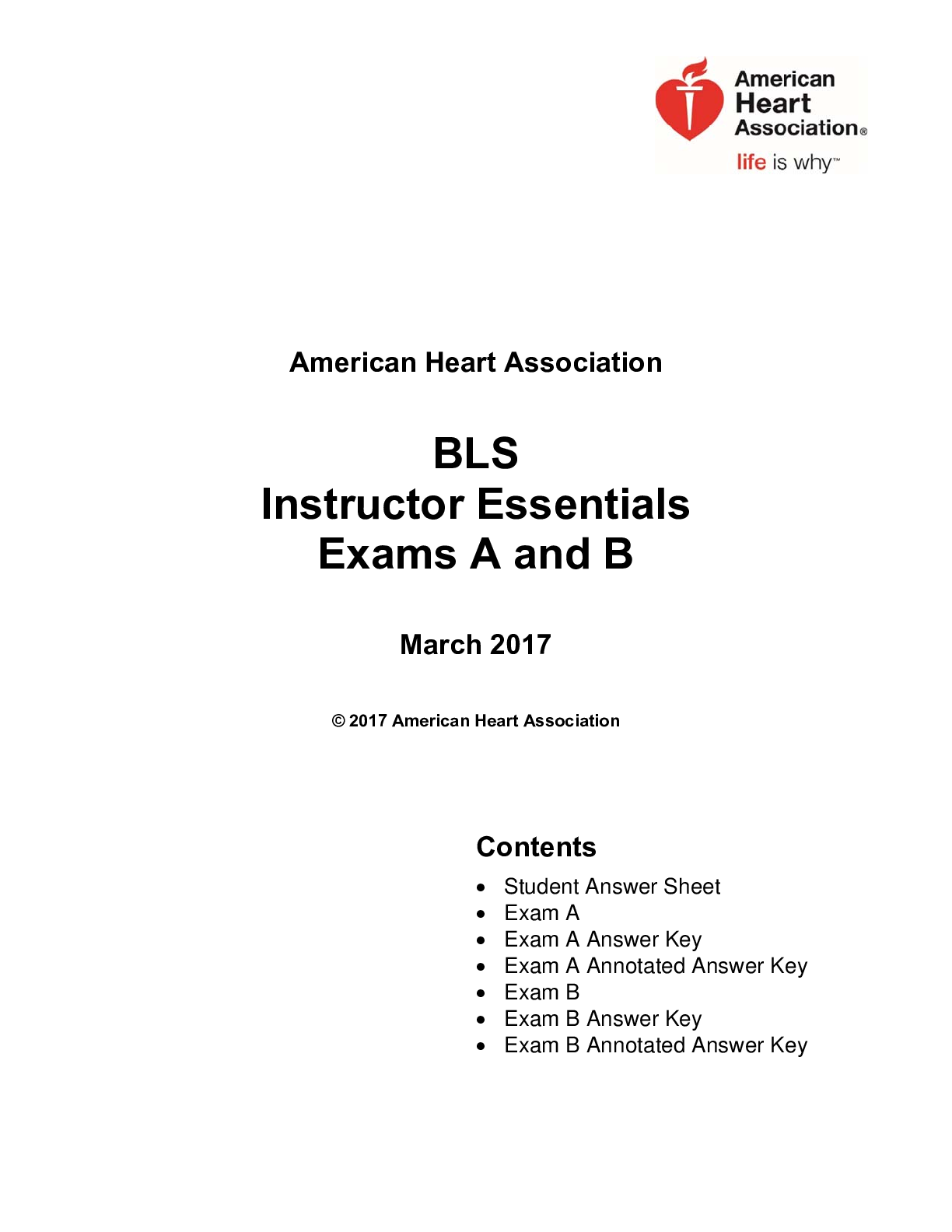
.png)
.png)
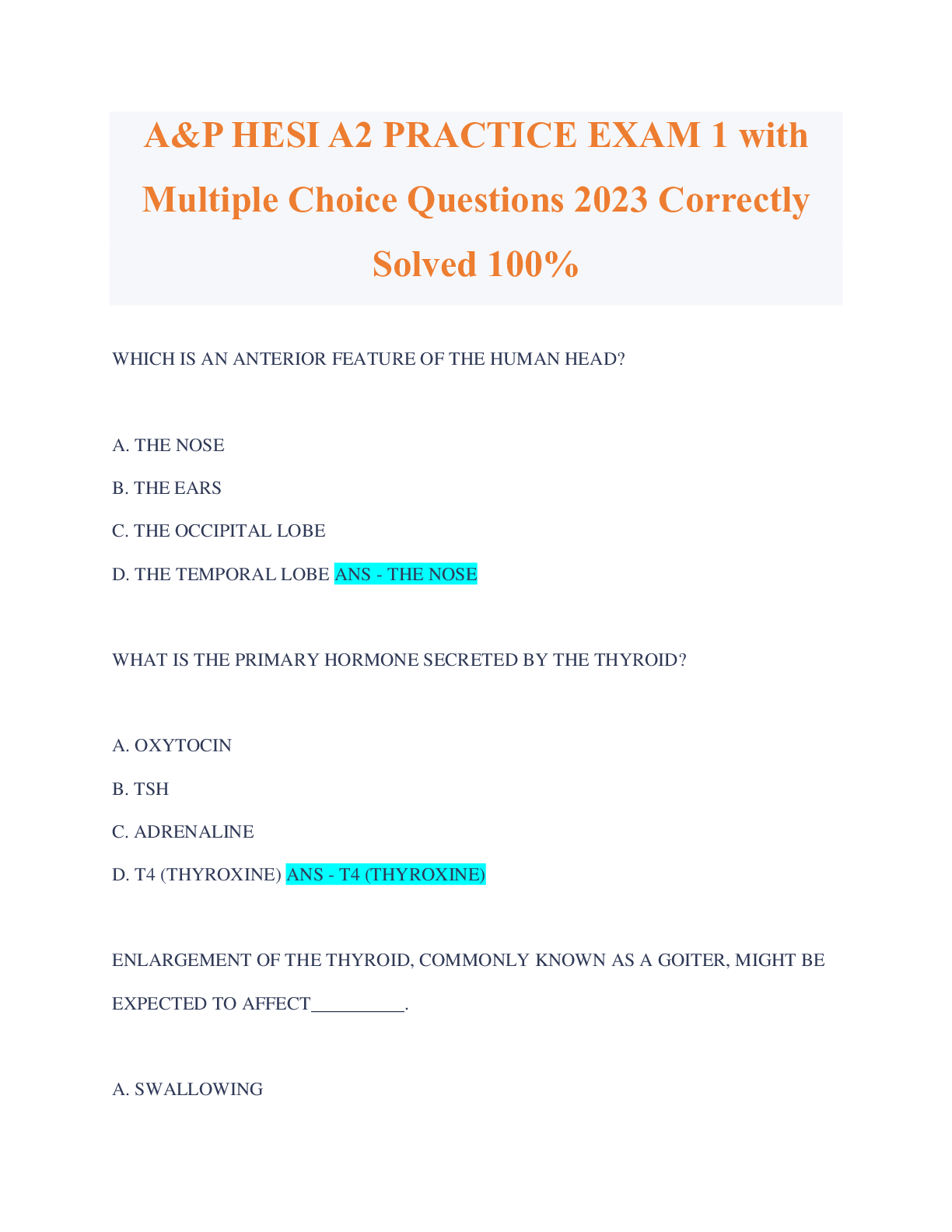


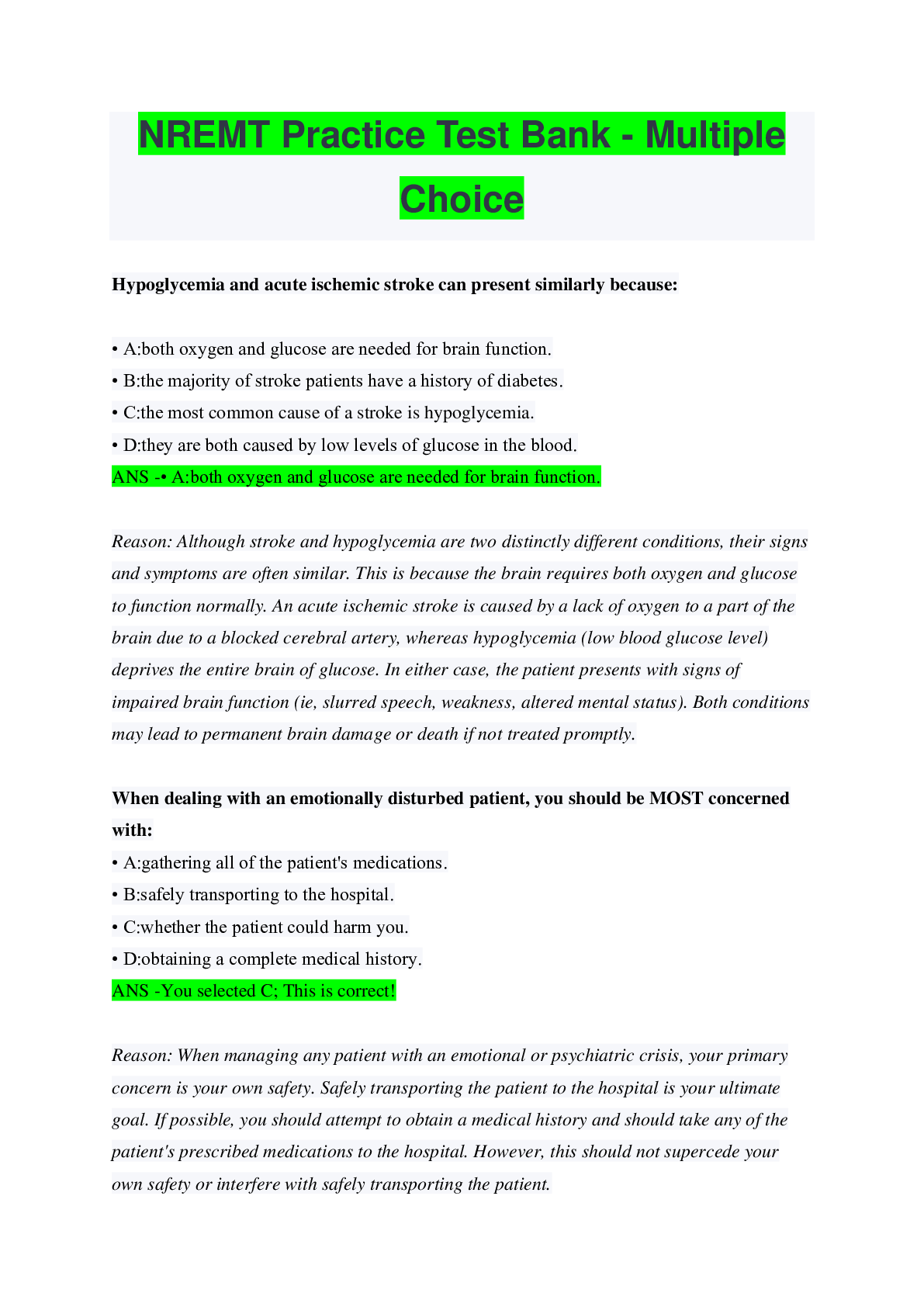

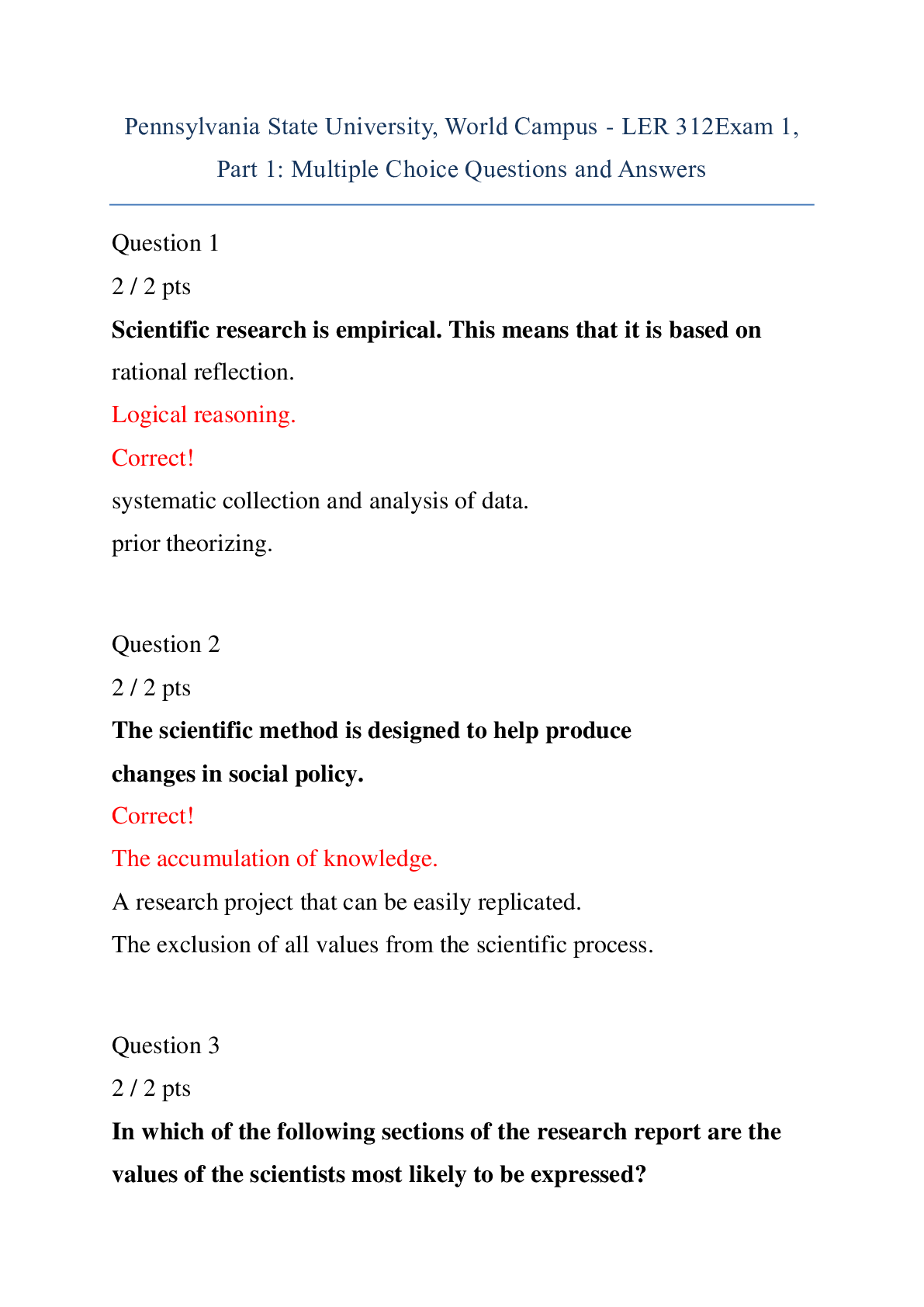
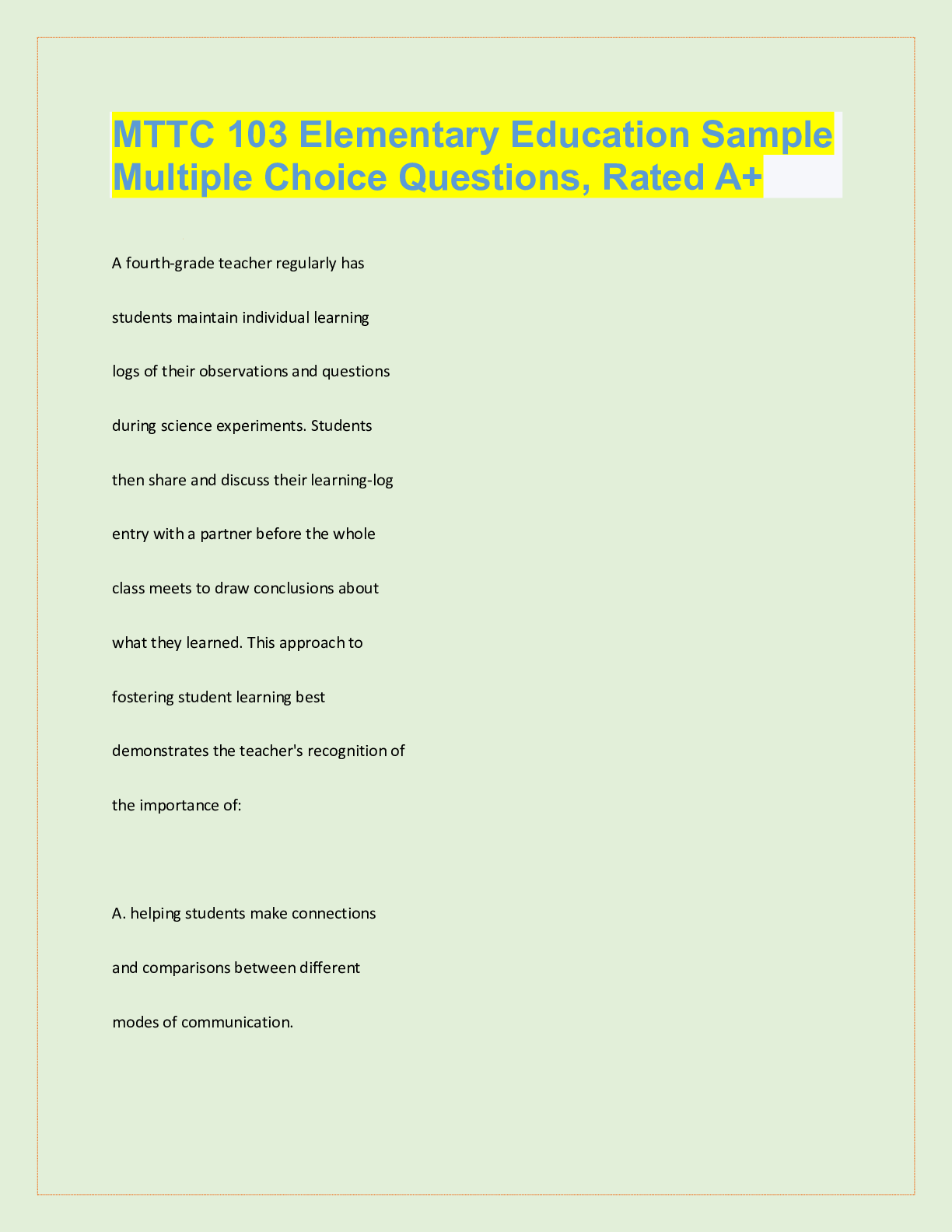
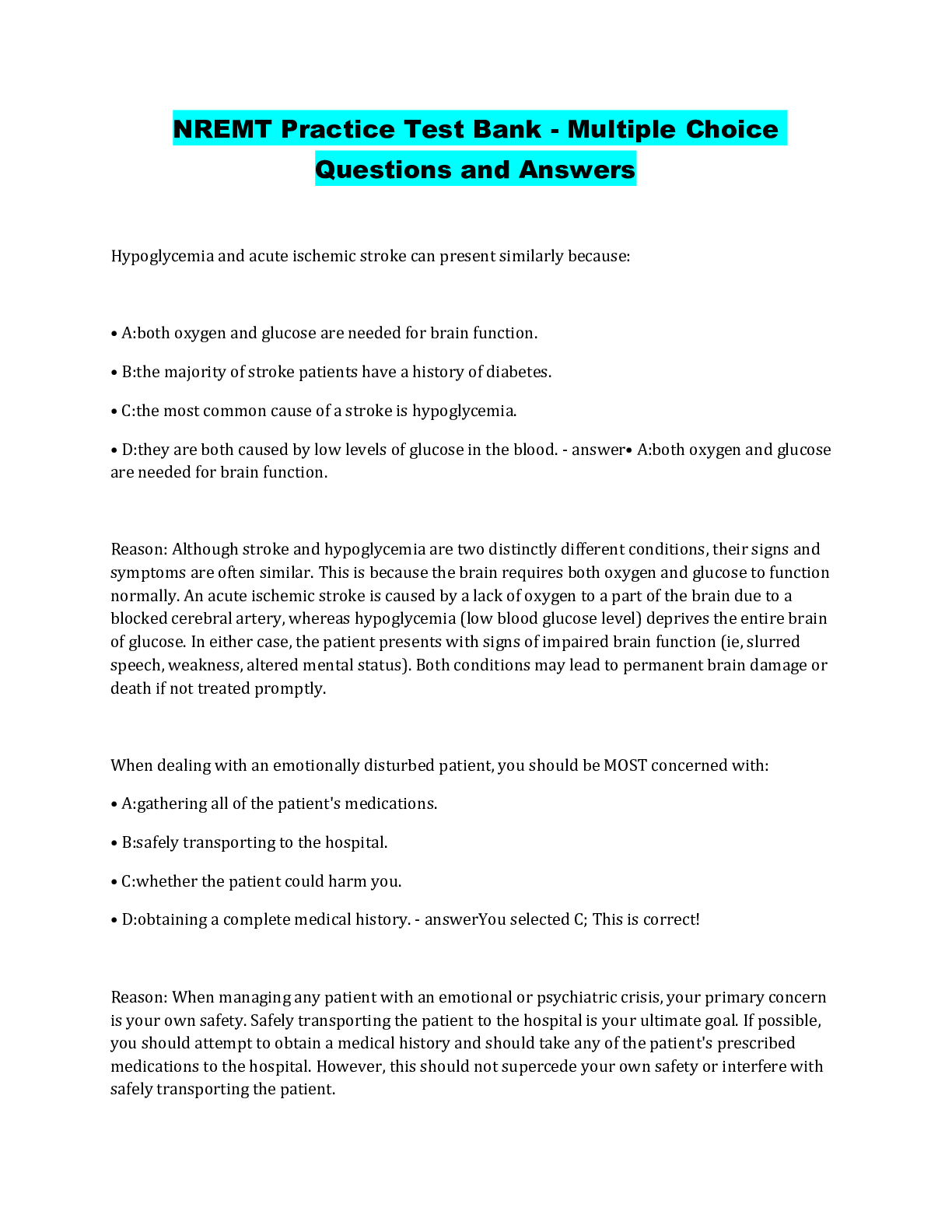

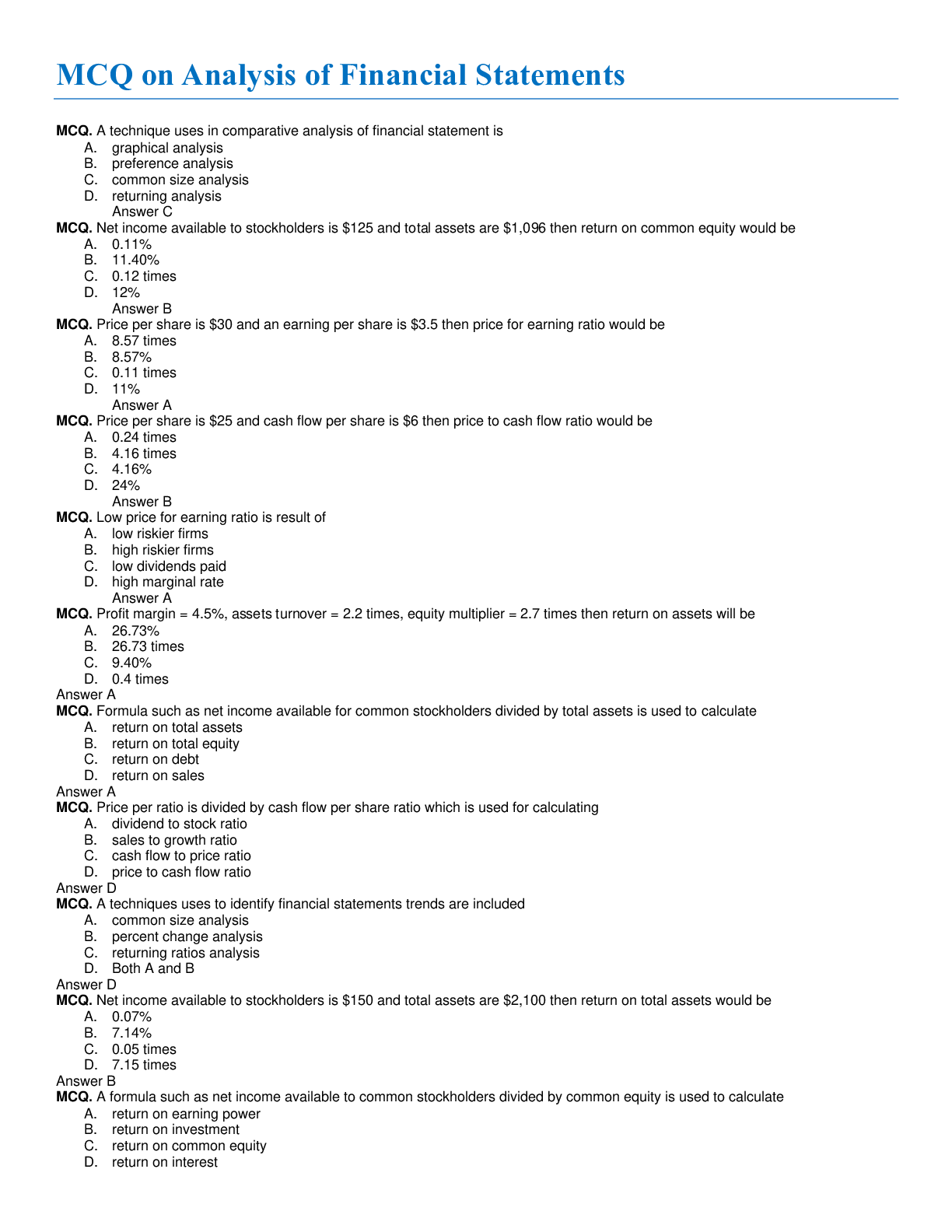

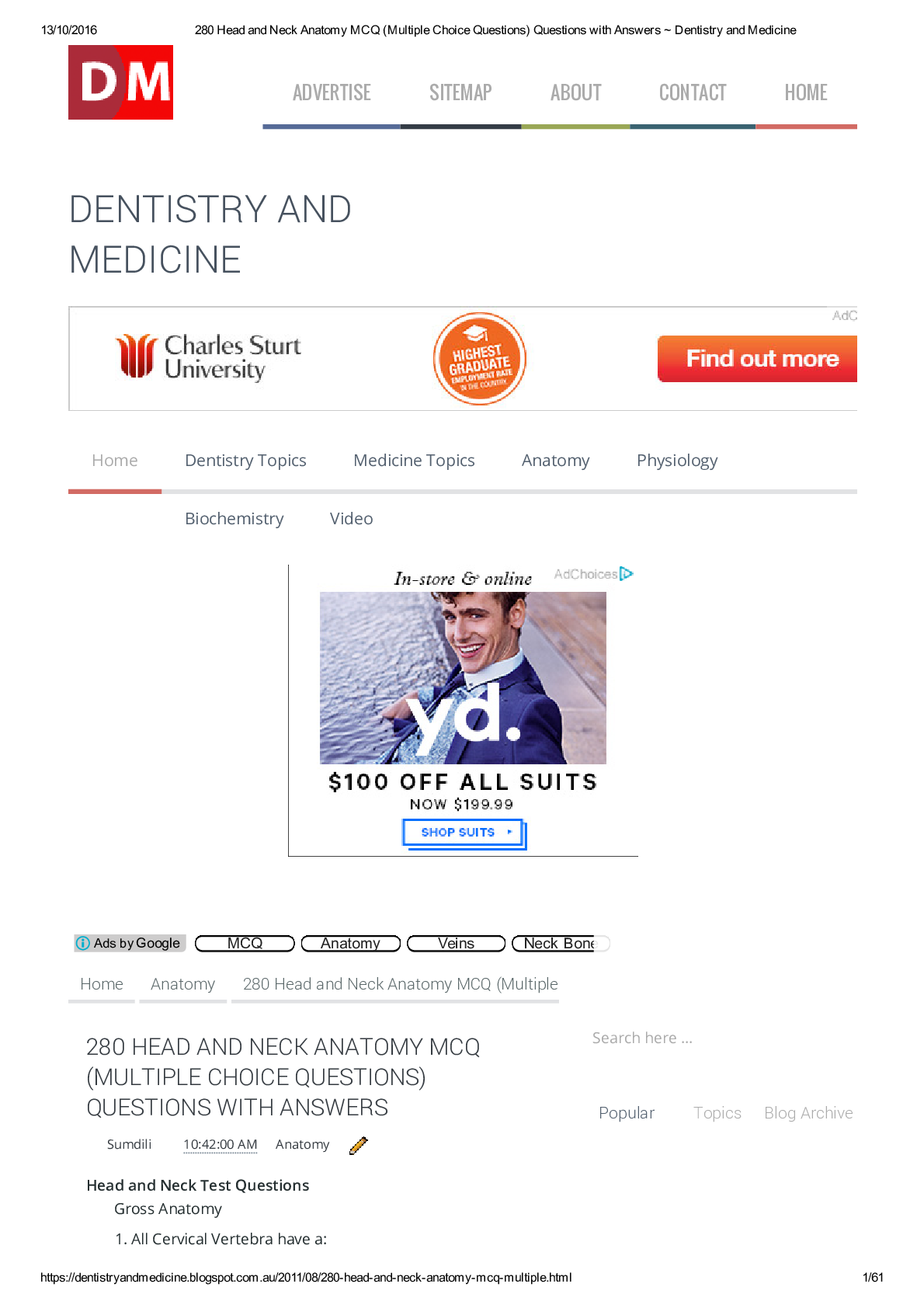

.png)

